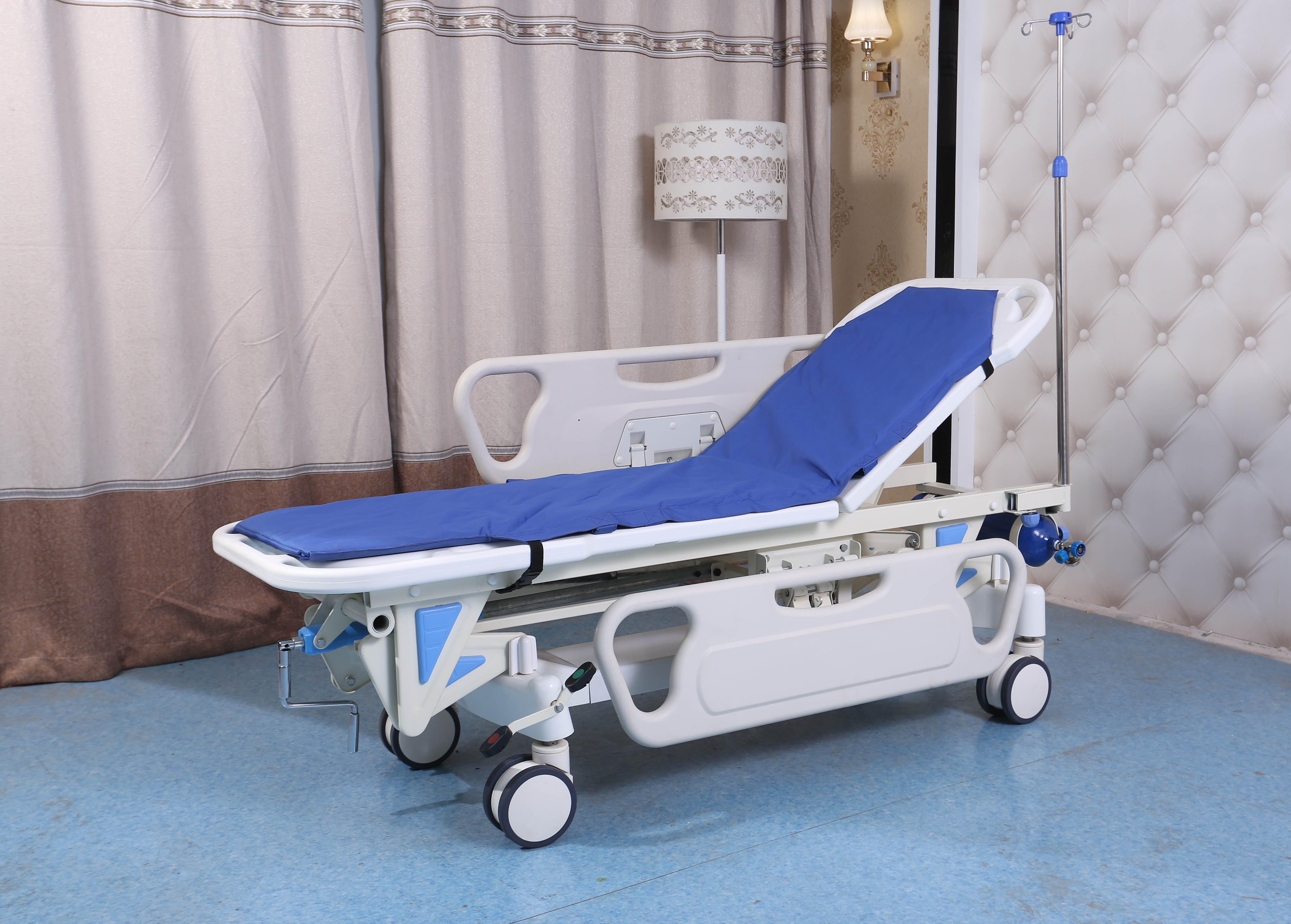Welcome to our websites!
rotating mattress for hospital bed
The Importance of Rotating Mattresses for Hospital Beds
In the realm of healthcare, patient comfort and safety are paramount. One critical component contributing to both is the mattress used in hospital beds. Among the various types of mattresses available, rotating mattresses have emerged as a vital innovation, particularly for long-term patients who spend extended periods in bed. This article explores the benefits, functionality, and considerations regarding the use of rotating mattresses in medical settings.
Understanding Rotating Mattresses
Rotating mattresses are specialized beds designed to change the position of patients automatically. They are typically equipped with a motorized system that allows the mattress to rotate or tilt at various angles. This design not only enhances patient comfort but also plays a critical role in the prevention of pressure ulcers, a common risk for individuals with limited mobility.
Benefits of Rotating Mattresses
1. Pressure Relief and Prevention of Bedsores One of the primary advantages of rotating mattresses is their ability to redistribute pressure across the patient's body. As the mattress rotates, it alleviates pressure points that can lead to bedsores, ensuring better blood circulation. For patients with reduced mobility, this feature is essential for maintaining skin integrity and preventing painful sores.
2. Improved Comfort Hospital stays can be uncomfortable and distressing. Rotating mattresses provide variable positioning options, allowing patients to find a comfortable angle based on their needs. This increased comfort can lead to better overall patient satisfaction and even quicker recovery times.
3. Reduced Caregiver Burden Healthcare providers often face the challenge of repositioning patients manually, which can be strenuous and time-consuming. Rotating mattresses significantly reduce the physical demands on caregivers by automatically repositioning the patient. This allows healthcare staff to focus on other critical aspects of patient care.
4. Enhanced Respiratory Function For patients suffering from respiratory issues, rotating mattresses can be adjusted to improve lung function. By elevating certain positions, these mattresses help facilitate better breathing and enhance the overall oxygenation of the body.
rotating mattress for hospital bed

5. Promoting Mobility Many rotating mattresses also feature additional functionalities, such as the ability to sit patients up or promote gentle movements. This encourages mobility and can aid in physical therapy and rehabilitation efforts.
Considerations for Implementing Rotating Mattresses
While the benefits of rotating mattresses are clear, there are several factors to consider when implementing them in a hospital setting
1. Cost Rotating mattresses are generally more expensive than standard mattresses. Hospitals must weigh the initial investment against the long-term benefits of reduced pressure injuries, enhanced patient well-being, and decreased healthcare costs related to treating complications caused by immobility.
2. Training for Staff Proper training is crucial for staff to effectively operate and maintain rotating mattresses. Adequate education on how to use these systems will ensure that patients receive the full benefits and enhance overall safety.
3. Patient Compatibility Not every patient may be suitable for a rotating mattress. Consideration must be given to the patient's specific medical conditions, mobility levels, and personal preferences. A thorough assessment by healthcare professionals is essential to making appropriate recommendations.
Conclusion
Rotating mattresses represent a significant advancement in patient care within hospital settings. Their ability to provide comfort, reduce the risk of pressure injuries, lessen caregiver workload, and promote better health outcomes highlights their critical role in modern healthcare. As hospitals continue to prioritize patient comfort and safety, incorporating rotating mattresses into patient care protocols will likely become increasingly standard practice. By investing in these innovative solutions, healthcare facilities can enhance the quality of care and improve the overall experience for both patients and caregivers.
-
Transforming Healthcare with Hospital FurnitureNewsJun.24,2025
-
Rehabilitation EquipmentNewsJun.24,2025
-
Mobility and Independence with WheelchairsNewsJun.24,2025
-
Freedom of Mobility with Our Rollator WalkersNewsJun.24,2025
-
Comfort and Independence with Commode ChairsNewsJun.24,2025
-
Bathing Safety and Independence with Shower ChairsNewsJun.24,2025
-
Navigating the Wholesale Landscape of Electric Mobility Solutions: Key Considerations for Power Wheelchair DealersNewsJun.10,2025











